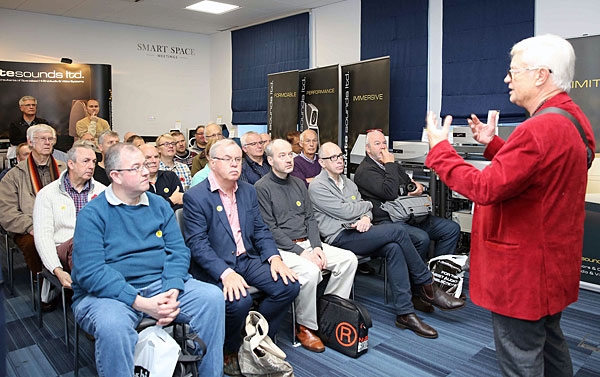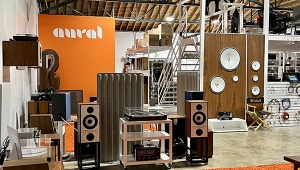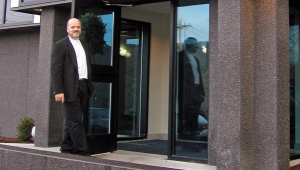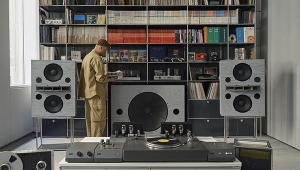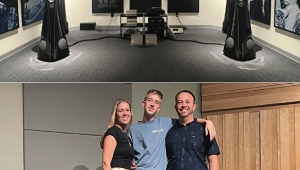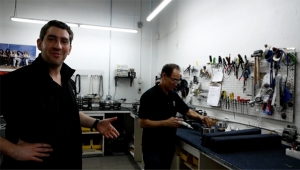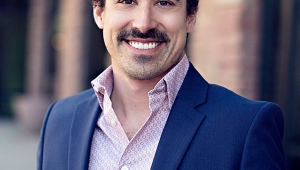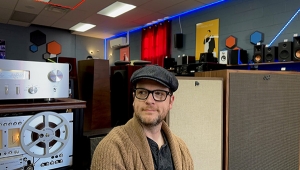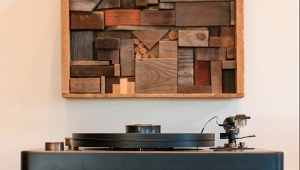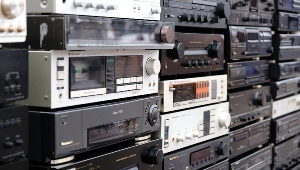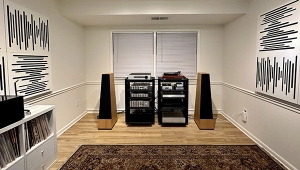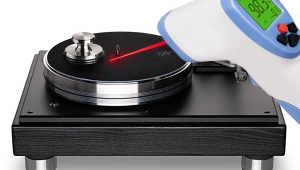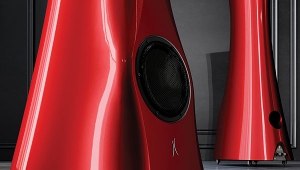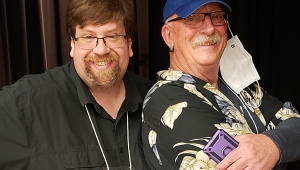| Columns Retired Columns & Blogs |
Proof that the market is amazing right now.
My 85 year old neighbor hasn't used his 30 year old Aerial 10t loudspeakers for over a decade.
These speakers are 30 years old with rotted peeling cabinets and cracked tops.
But he knows the market is on fire and thinks now is the time to cash in on the hot classic market.
I offered him $300 and promised to haul them away.
Now he hates me for being a liar.
"I see these on Ebay all the time for thousands and thousands of dollars---so they are worth a fortune nowadays."
He has decided to price them at more than they cost 30 years ago.
He wants $6,000 for the pair.
What an exciting time to be an audiophile.
His used entry level integrated amp is also worth more now than it was 30 years ago.
"Solid state back then was the finest ever made---not like today when we know stuff is cheap and no good."
So he is pricing that amp along with the 25 other same models that have been sitting on Ebay for over a year with no buyers.
Bear in mind that 15 years ago the most you could get was maybe $800 for that amp---today it is worth twice that---in HIS mind!
And in his mind it is a joy to know his 30 years old kit is now worth enough money to pay for a new Corvette and have enough money to buy a new home with the leftover dough.
And maybe finance a dream trip to Europe for a couple of months.
He knows he is sitting on a gold mine,
Everything old is worth a fortune nowadays, even old bed linens and used refrigerators.
Geniuses have taken over the hifi market.
Now prices are reflecting how incredibly valuable the old junk is getting.
Who knew?
